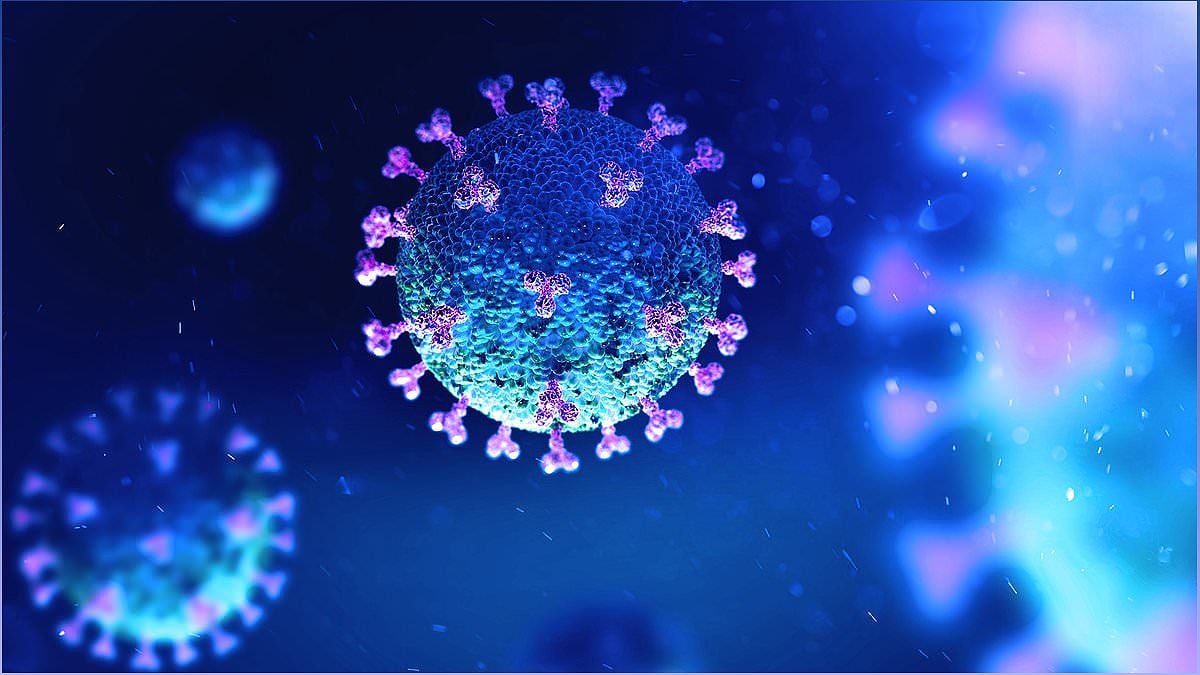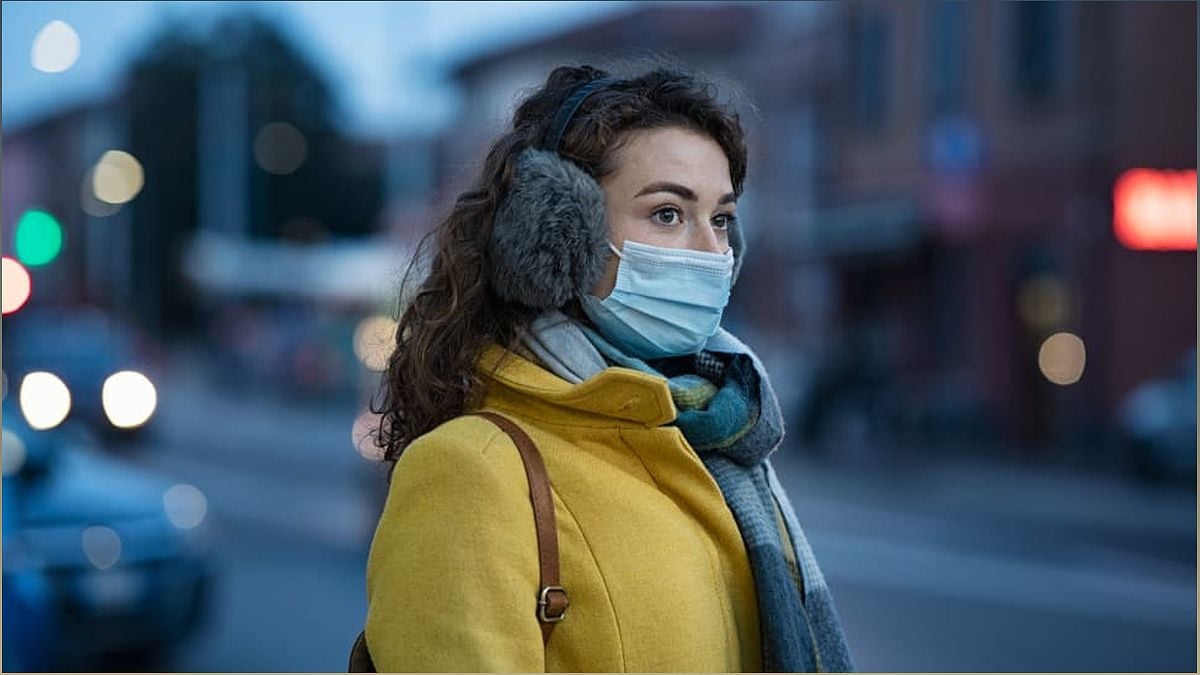The Rise of BA.2.86 Variant: What You Need to Know
In November 2019, the world witnessed the first confirmed case of COVID-19, marking the beginning of a global pandemic. Since then, the virus has continued to evolve, giving rise to new variants. One such variant, BA.2.86, also known as Pirola, has recently gained attention for its ability to infect individuals with previous immunity. In this article, we will explore the rise of BA.2.86 and its potential implications for public health. Stay informed and prepared as we delve into the details of this concerning variant.
Understanding the BA.2.86 Variant
Learn about the BA.2.86 variant of COVID-19 and its significance in the current pandemic landscape.
The BA.2.86 variant, also known as Pirola, has emerged as a notable strain of the SARS-CoV-2 virus. This variant has raised concerns due to its ability to infect individuals who have previously acquired immunity from infections or vaccines. Understanding the characteristics and implications of BA.2.86 is crucial in navigating the ongoing pandemic.

What makes BA.2.86 unique is its specific mutations, including one in the spike protein that increases the chances of immune evasion. This means that individuals can potentially get reinfected as their immune system may not recognize the virus. Scientists have been closely monitoring the evolution of this variant and its potential impact on public health.
The Prevalence of BA.2.86
Explore the increasing prevalence of the BA.2.86 variant and its implications for COVID-19 cases worldwide.
Initially, BA.2.86 accounted for a small percentage of COVID-19 cases. However, it has been steadily increasing in prevalence, particularly in the United States. Recent data from the Centers for Disease Control and Prevention (CDC) indicates that BA.2.86 now constitutes a significant proportion of cases, ranking as the third most prevalent strain.

As the variant continues to spread, it raises concerns about the impact on COVID-19 hospitalizations and the strain it puts on healthcare systems. While the World Health Organization currently assesses the public health risk as low at the global level, the increasing prevalence of BA.2.86 warrants attention and vigilance.
Implications for Holiday Gatherings
Discover the potential implications of the BA.2.86 variant on holiday gatherings and public health measures.
With the holiday season approaching, many individuals are concerned about the impact of the BA.2.86 variant on gatherings and public health. While experts suggest that BA.2.86 may not cause a massive wave like previous variants, it adds to the overall burden on healthcare systems and increases the risk of long COVID and further viral evolution.

It is important to stay informed about the latest guidelines and recommendations from public health officials. Being mindful of symptoms, wearing masks, and taking necessary precautions can help mitigate the potential risks associated with the BA.2.86 variant during holiday gatherings.
Vaccine Efficacy Against BA.2.86
Learn about the effectiveness of vaccines against the BA.2.86 variant and the importance of getting vaccinated.
One encouraging aspect is that current vaccines are likely effective against the BA.2.86 variant. As BA.2.86 shares ancestry with the ancestral BA.2 variant, the latest shots are designed to neutralize this strain as well. Studies indicate that the new boosters can provide protection against BA.2.86 and other recent variants, primarily in preventing severe acute illness.
However, it is crucial for individuals to receive the recommended boosters and for vaccine availability to ensure widespread protection. While vaccines may not completely prevent transmission or long COVID, they play a vital role in reducing the severity of the disease and its impact on individuals and healthcare systems.
